Table of Contents
Introduction
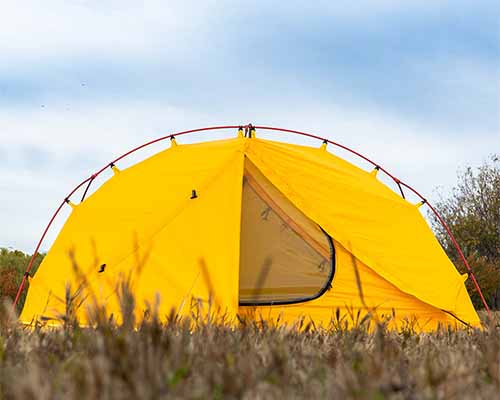
The global camper tent market is undergoing rapid growth and transformation. In 2024, the market was valued at approximately $4.1 billion, and it is forecasted to expand to $8.4 billion by 2034, with a compound annual growth rate (CAGR) of 7.4%. This impressive growth is largely driven by a surge in camping participation worldwide, evolving consumer preferences, technological innovations, and the increasing popularity of outdoor recreation.
Understanding the key trends behind camper tent prices in 2025 is crucial for manufacturers, retailers, and buyers who want to stay ahead in this competitive industry. Here are 7 shocking insights into the camper tent price trends that will define the market this year.
NO 1. Camping Participation is Soaring Globally
Outdoor recreation is becoming more popular than ever. For example, over 50 million Americans aged six and older participated in camping activities during 2022-2023, according to Statista. In Australia, camping and caravan trips reached a record 14 million in 2019—a 67% increase over the past decade. India has also witnessed a significant spike in campers in 2024. This rising participation naturally drives demand for camper tents of all types, pushing prices upward due to increased consumption.
NO 2.Diverse Camper Tent Types Influence Pricing Spectrum

The camping tent market is diverse, with each type catering to different user preferences and outdoor activity needs. Pop-up tents are popular because they are quick and easy to set up, making them ideal for casual camping or short trips. Dome tents are popular for their lightweight and easy-to-assemble structure, making them suitable for families and novice campers.
Tunnel tents are popular with families and groups for their spacious interiors and better stability in adverse weather conditions. Inflatable tents appeal to high-end users who value comfort and quick setup. For hikers and mountaineers, ultralight backpacking tents are both portable and durable.
Luxury camping tents and canvas bell tents are becoming increasingly popular with environmentally conscious campers and those seeking all-season comfort. Roof tents cater to off-road enthusiasts and provide a convenient solution for vehicle camping. Military and rescue-specific tents meet emergency and tactical needs with their rugged construction.
This diversity enables consumers to choose a tent that suits their specific needs and environment, thus driving market growth and innovation in camping tent design.
NO 3.Volatility in Raw Materials and Labor Costs Push Prices Up
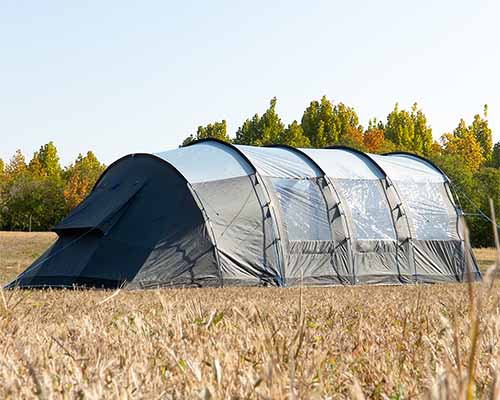
Prices of key raw materials used in the production of camping tents, such as nylon, polyester fiber and aluminum, fluctuate frequently. About 60 percent of manufacturers report that it is difficult to maintain stable profit margins due to fluctuating raw material costs. In addition, labor costs and production complexity have increased as manufacturers strive to produce durable, high-quality tents that meet consumer expectations.
The promotion of environmentally friendly products has also pushed up costs, as biodegradable and recyclable materials tend to be more expensive. Increasing pressure on manufacturers to balance sustainability goals with cost control will impact the price of camping tents in 2025.
NO 4. Supply chain and logistics challenges create price uncertainty
The global supply chain remains fragile, with fluctuating fuel prices, container transportation costs and trade disruptions affecting production and delivery times. These logistical pressures often lead to price volatility for camping tents, as manufacturers either incur higher transportation costs or pass them on to wholesalers and consumers.
NO 5. Consumer preferences are driven by innovation and sustainability
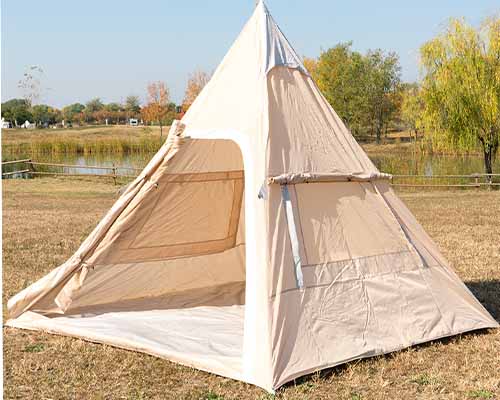
Modern campers are increasingly focused on sustainability and innovation. Some 62% of consumers prefer camping tents made from recyclable or biodegradable materials, reflecting growing environmental awareness. Manufacturers are responding to this trend by adopting green materials and eco-friendly designs.
At the same time, smart features such as solar lighting, climate control systems and quick set-up mechanisms are becoming increasingly popular. These innovations enhance the user experience, justify higher prices and create new market segments and differentiation opportunities.
Tent Types & Price Ranges
| Tent Type | Retail (USD) | Wholesale (USD) | Use Case |
|---|---|---|---|
| Pop‑up (1–2 person) | $40–$120 | $20–$70 | Ultra-fast setup, casual use |
| Dome (2–4 person) | $80–$300 | $50–$180 | Beginner/family camping |
| Tunnel (3–6 person) | $180–$550 | $100–$350 | Group/family outdoor trips |
| Inflatable | $250–$900 | $160–$600 | Premium standards, fast setup |
| Backpacking (Ultralight) | $130–$450 | $80–$280 | Hiking and mountaineering |
| Glamping/Safari | $700–$3,500+ | $500–$2,200+ | Resort-quality outdoor stays |
| Canvas Bell | $350–$1,300 | $230–$900 | Eco-conscious, year-round camping |
| Rooftop Car | $850–$2,800 | $600–$1,900 | Vehicle-based travel and overlanding |
| Military/Rescue | $400–$1,500+ | $300–$1,000+ | Emergency and heavy-duty use |
| Event/Commercial | $1,000–$5,000+ | $800–$4,000+ | Large-scale or semi-permanent setups |
These ranges reflect 2024 averages for retail and wholesale markets. Additional features like solar power, smart systems, or sustainable fabrics may increase prices.
NO 6. Regional and Seasonal Dynamics Impact Demand and Prices
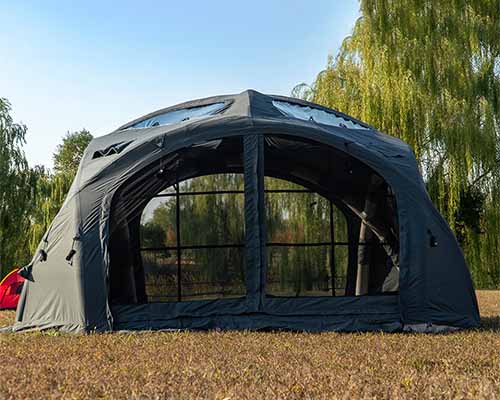
North America and Europe dominate the camper tent market with their strong outdoor culture, strong government investments in national parks, and vibrant eco-tourism and festivals. In the U.S., there is a growing preference for lightweight, all-weather, and smart camper tents tailored for solo travelers and environmentally conscious consumers.
The European market benefits from a long outdoor tradition with growing demand for sturdy, weather-resistant, and sustainable tents in countries such as Germany, France, and the UK.
Asia Pacific is a fast-growing market, driven by factors such as rising disposable income, increasing urbanization, and government support for domestic tourism and outdoor recreation infrastructure. Regional seasonal factors such as peak summer tourist seasons and festivals also lead to fluctuations in the demand and price of camping tents.
NO 7. Bulk Purchasing and Customization Offer Strategic Advantages
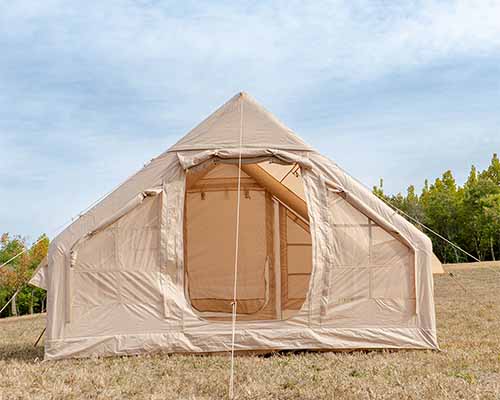
Bulk orders can help buyers reduce unit costs and secure more stable prices, especially during periods of raw material price volatility. Signing contracts early can often lock in favorable prices before costs rise.
Customization through OEM and ODM services allows brands to differentiate their camping tents by tailoring materials, colors, designs and features for specific customer segments. Experienced manufacturers such as Xingyue offer a full range of customization services, including inflatable tents, ultralight trekking tents, tunnel tents and more. These services help suppliers meet the needs of different buyers while managing costs effectively.
Conclusion
Price trends for camper tents in 2025 are influenced by a complex set of factors: increased participation in outdoor activities, fluctuating material and labor costs, challenges in the supply chain, and evolving consumer demand for innovation and sustainability. By understanding these seven areas, stakeholders from manufacturers to end consumers can better navigate the market and optimize their sourcing or production strategies.
If you want a customized camper tent solution with consistent pricing and reliable quality, it makes sense to partner with an experienced supplier like Xingyue. They offer a comprehensive range of OEM/ODM services and products designed to meet the changing needs of outdoor enthusiasts worldwide.
FAQ
Why do camper tent prices vary so much?
Prices differ due to tent types, materials, durability, and features tailored for different camping needs—from ultralight backpacking tents to luxury glamping options.
Is buying camper tents wholesale always cheaper?
Generally, yes. Bulk purchases reduce unit costs, but minimum order quantities vary by supplier. It’s important to negotiate terms that fit your business scale.
When is the best time to buy a camper tent?
Buying during the off-season usually offers discounts as demand drops. Tracking market trends helps time purchases for better prices.
How does sustainability impact camper tent design?
Growing environmental awareness drives demand for tents made with recyclable or biodegradable materials, pushing manufacturers to innovate sustainably.
What types of camper tents are most popular among buyers?
Lightweight dome tents remain popular for casual campers, tunnel tents for families, and geodesic or inflatable tents attract adventurers seeking durability and ease.
How do raw material costs affect camper tent prices?
Fluctuating prices for nylon, polyester, and aluminum impact manufacturing costs, often influencing retail prices and supplier negotiations.
Can custom camper tents offer advantages?
Yes, OEM/ODM custom tents help brands stand out by meeting specific customer needs such as size, weather resistance, and eco-friendly materials.
